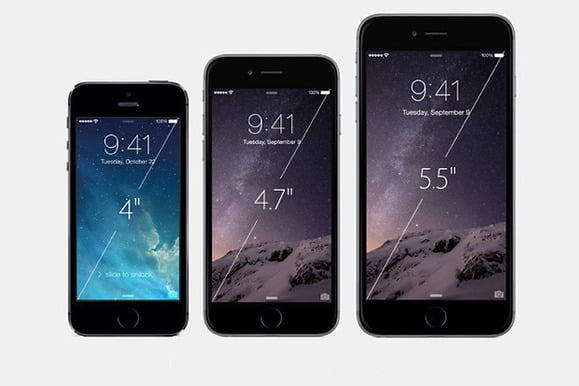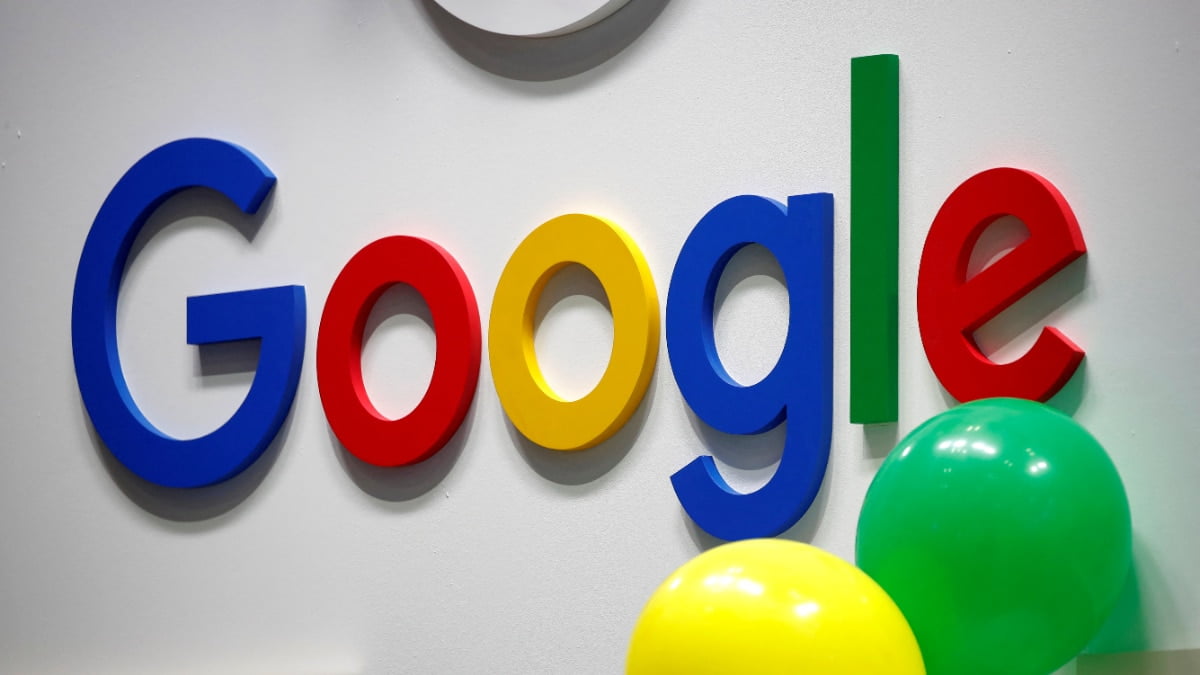

By far the biggest rumor about Apple’s upcoming event—and, I suppose, simultaneously the smallest—is the so-called iPhone SE (and may we hope that it will return some sanity, in the form of capital letters, to iPhone model names?). The supposed 4-inch iPhone would mark the first time that the company would go back to an iPhone with a smaller screen.
But the iPhone SE is significant for a larger, more strategic reason, too. The overall market is changing. Smartphones are selling well, no question, but growth has slowed: One only has to look at the nearly 75 million iPhones sold in the first quarter of 2016—but that number was basically flat compared to the quarter one year before.
Some think this signals “peak iPhone,” an idea that I don’t think is really relevantunless you’re a hardcore investor. But as the modern smartphone industry (and, by no coincidence, the iPhone itself) nears the decade mark, I think the more salient point is that the smartphone market has matured.
The best iPhone ever
Every year there’s a new iPhone, and every year Apple says that it’s the best iPhone ever. That’s undeniably true if you’re measuring via specs and features; the hardware team at Apple does a tremendous job of packing more power into each successive device. But in recent years, those yearly improvements have begun to get a little more incremental. Plop an iPhone 6s down next to an original iPhone, and you’ll note some differences, yes, but they’re both recognizably cut from the same cloth. (Try to use an original iPhone and that’s an entirely different story—software has improved at a comparatively exponential rate.)
Even tech-savvy users such as myself have begun to wonder whether each year’s successive improvements are worth the cost of admission. Much of the low-hanging fruit of the earlier years—front camera, LCD flash, bigger screen, etc.—has already been picked off. This isn’t to say that technology is stagnant: advances are constantly being made, and Apple continues to find ways to make the latest phones attractive to consumers—just perhaps not as staggeringly “must-have” as earlier models were.
Looking back to my choice last fall to sign up for the iPhone Upgrade Program, I realize that one of the great advantages of said program is that not only does it make it a good value proposition for consumers to upgrade their phone every single year, but it also helps out Apple by turning new iPhones into a subscription service: Keep paying your monthly fee, and you can get a new phone every year.
The SE is for small edition?
Enter the proposed iPhone SE. It’s being released off-cycle, will presumably incorporate iPhone 6-era technology, and will likely have a bulkier case than the slim 6 series. It will also likely lack some of the bells and whistles of the 6s—3D Touch, perhaps?—and will certainly not match whatever flagship iPhone will probably show up this fall.
But to the customers Apple is looking to attract, that doesn’t matter. A smaller phone has been on the wish list of many, because as the smartphone has matured, it’s become a more and more important part of our life—and that means we want a smartphone that adapts to our lives. Which sometimes means fitting into smaller hands, or pockets.
So why not make a smaller iPhone? Apple has, after all, not been shy about making a larger model. And over in the iPad market, it’s got the mini, the Air, and the Pro at three different screen sizes. If anything, I’m a little puzzled as to why Apple wouldn’t simply release three different sized iPhones at the same time, and let consumers buy the one that works best for them.
The iPhone platform
To me, the iPhone SE is an important move for Apple because, like the larger-sized Plus models before it, it indicates that Apple has passed the idea that the iPhone is a monolithic, one-size-fits-all device. And while I don’t think that the addition of the SE to the lineup will send iPhones sales back into the stratosphere any more than the iPad Pro did for sales of the tablet line, I do think that it adds another leg to hold up the stool that is the iPhone platform.
Look way back in time and you’ll see something pretty similar happen with the Mac. After the original Macintosh was released in 1984, the company continued to iterate and turn out improved models, turning the computer from a single product into a more stable platform.
In fact, the names of a couple of those most significant models? The Plus and the SE. I guess some things never change.
[Source:- Stay Foolish ]
situs togel
situs togel
bandar togel
slot gacor
togel online
situs toto
situs toto
bandar togel
situs togel
situs togel resmi
situs toto
bandar togel resmi
bandar togel
bento4d
situs toto
situs togel
bandar togel
bandar togel online
toto togel
situs toto
toto slot
situs togel
situs toto
bento4d
bento4d
bandar togel resmi
situs toto slot
rtp live
bento4d
toto slot
situs togel
toto slot
situs toto
situs togel
bandar togel
https://pafibengkuluutarakab.org
https://pafiboalemokab.org
https://pafibulelengkab.org
https://pafibungokab.org
https://pafibuolkab.org
https://pafikablubuklinggau.org
https://pafikabpenukal.org
https://pafikabsumsel.org
https://pafikabtanahselatan.org
https://pafikabtanjungjabungselatan.org
https://pafikabupatenacehbarat.org
https://pafikabupatenacehjaya.org
https://pafikabupatenacehutara.org
https://pafikabupatenkaro.org
https://pafikotapalangka.org
https://pafikotaserong.org
https://pafimusirawaskab.org
https://pafipahuwato.org
https://pafipangkajenekepulauan.org
https://pafipcbatanghari.org
https://pafipccirebonkab.org
https://pafipckotajabar.org
https://pafipcpaser.org
https://pafipcpulaudeli.org
https://pafipcsarolangun.org
https://pafipemkobangli.org
https://pafipemkoserangkota.org
https://pafipemkotkerinci.org
https://pafipemkotpalopo.org
https://pafipemkotpasuruan.org
https://pafipemkobandaaceh.org/
https://pafipemkonusantara.org/
https://pafipemkosorong.org/
https://pafipemkopekanbaru.org/
https://pafipemkomobagu.org/
https://pafipemkopadangpanjang.org/
https://pafipemkopayakumbuh.org/
https://pafipemkosawahlunto.org/
https://pafipemkolubuklinggau.org/
https://pafipemkopagaralam.org/
https://pafipemkosubulussalam.org/
https://pafipemkoprabumulih.org/
https://pafipemkogunungsitoli.org/
https://pafipemkopadangsidimpuan.org/
https://pafipemkopematangsiantar.org/
https://pafipemkotidorekepulauan.org/
https://pafipulaupini.org/
https://pafipulausamosir.org/
https://pafipulaupadang.org/
https://pafipulausalahnama.org/
situs togel
bandar togel
situs toto
situs toto
togel online
situs toto
situs toto macau
toto togel
situs togel
bandar toto
situs toto
toto slot
toto togel
situs toto
bandar togel
situs toto
situs toto
situs togel resmi
situs togel
togel online
situs togel
situs togel resmi
link togel
toto togel
bandar togel
situs toto
situs togel resmi
bandar togel online
slot online
situs togel online
agen togel
situs togel online
situs togel
situs toto togel
situs togel resmi
situs togel resmi
bo togel
situs togel resmi
bandar togel
situs togel
situs toto
situs togel
bo togel
situs toto
toto slot
situs toto
toto togel
situs togel terpercaya
situs togel
situs togel online
situs toto
situs togel terpercaya
situs togel terpercaya
situs toto
situs toto
situs togel
https://www.kimiafarmabali.com/
https://www.kimiafarmabanten.com/
https://www.kimiafarmabanten.com/
https://www.kimiafarmabatam.com/
https://www.kimiafarmabogor.com/
https://www.kimiafarmajambi.com/
https://www.kimiafarmalampung.com/
https://www.kimiafarmamedan.com/
https://www.kimiafarmapalembang.com/
https://www.kimiafarmapontianak.com/
https://www.kimiafarmariau.com/
https://www.kimiafarmasurabaya.com/
togel
situs toto
prediksi togel hk
situs toto
togel online
toto macau
toto togel
toto macau
situs togel resmi
toto macau
situs togel
situs toto
situs toto togel
situs toto
situs toto
situs togel resmi
situs toto
situs toto
situs toto
situs toto
situs toto
situs toto
toto slot
toto macau
toto macau
situs toto
situs toto
toto togel
situs toto
bento4d
situs slot gacor
bento4d
situs toto
bandar togel
toto togel
situs togel terpercaya
bandar togel
toto togel
situs togel
situs togel
situs toto
https://peniya.com
situs toto
situs toto
bandar togel
toto togel
toto togel
toto slot
situs toto
situs toto
situs togel
situs toto
situs togel terpercaya
https://www.ajd.be/
https://prepaidgiftbalance.mobi/
https://mbkm.unimen.ac.id/-/toto/
prediksi hk
prediksi hk
situs toto
situs togel resmi
situs togel resmi
situs togel
situs togel terpercaya
situs togel terpercaya
toto slot
https://jakarta.ipdn.ac.id/-/greate/
situs toto
situs toto
situs toto
situs toto
situs toto
situs toto
situs toto
situs toto
situs toto
pmtoto
situs toto
toto slot
pmtoto
pmtoto
situs togel
agen slot
slot gacor
situs toto
pmtoto




